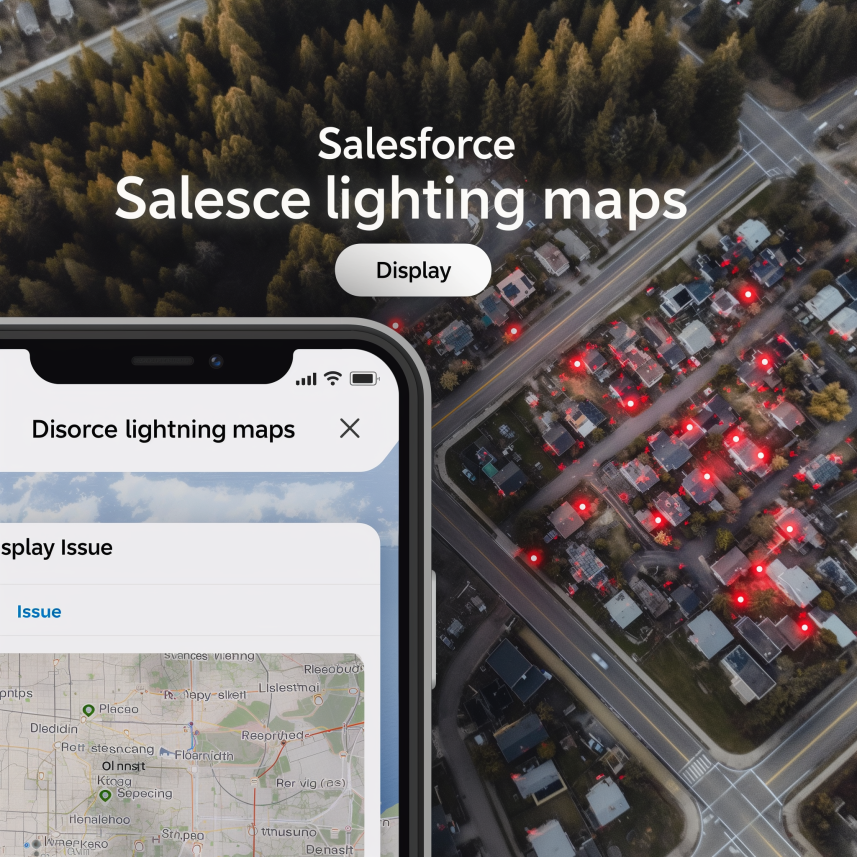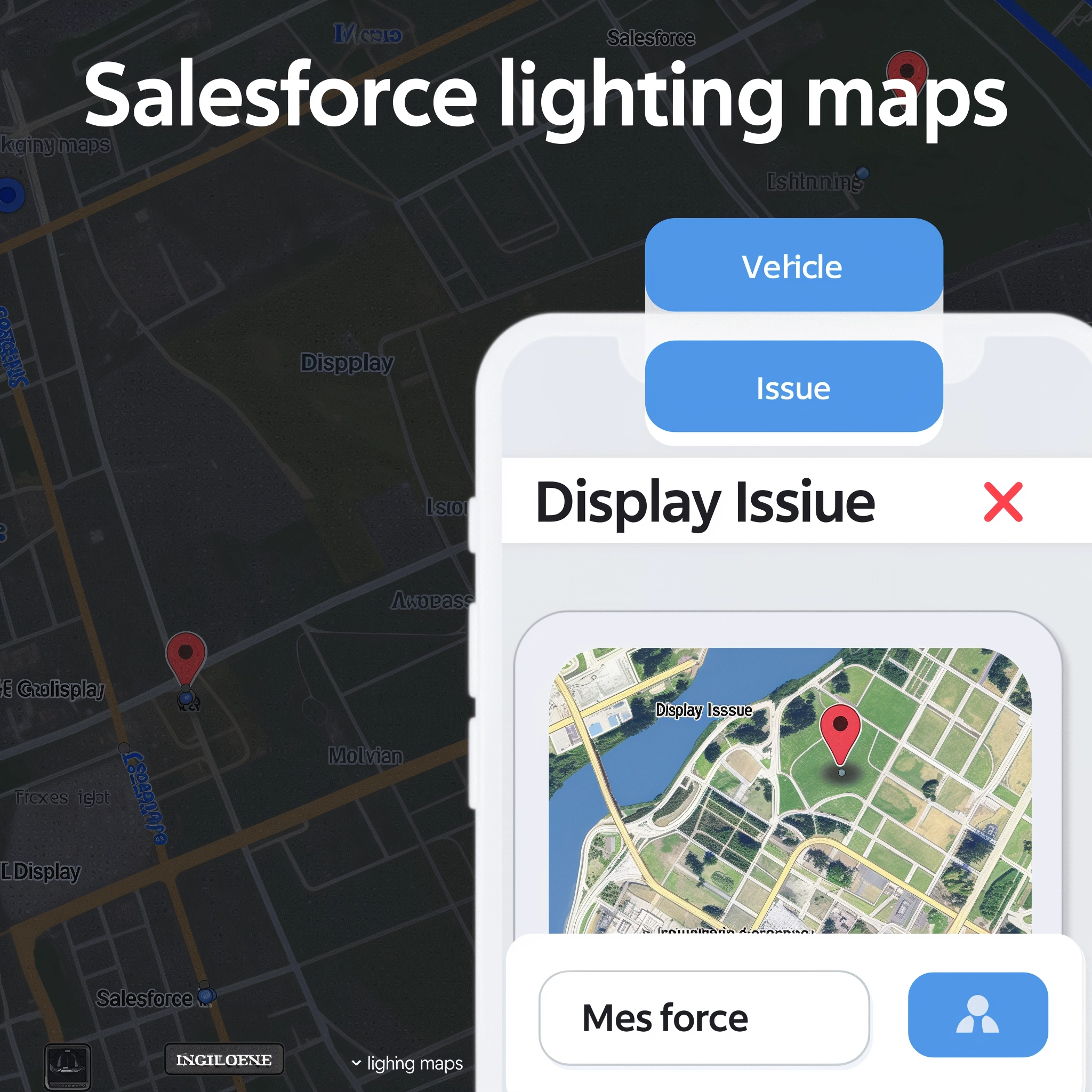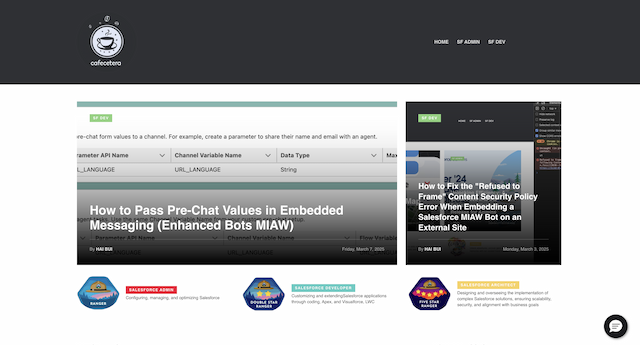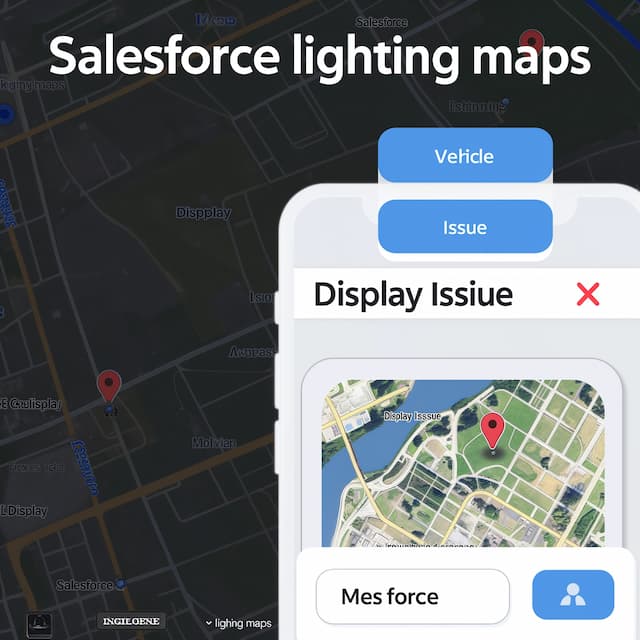In the world of Salesforce development, the Lightning Map component is a powerful tool for visualizing geographical data. However, users in some countries may encounter issues where the map fails to display due to restrictions on the underlying map background API. Fortunately, there's a simple solution to this problem: using a Virtual Private Network (VPN) to change your location and bypass these restrictions. In this article, we'll explore how VPNs work and how they can help resolve the Salesforce Lightning Map display issue.
The Salesforce Lightning Map component relies on a third-party map background API to render geographical data. However, some countries impose restrictions on the use of these APIs, resulting in the map failing to display for users located in those regions. This can be frustrating for users and hinder the effectiveness of Salesforce applications that rely on geographical data visualization.

A Virtual Private Network (VPN) is a technology that allows users to create a secure connection to another network over the internet. By connecting to a VPN server located in a different country, users can mask their true IP address and appear as if they are accessing the internet from the server's location. This enables them to bypass geo-restrictions and access content that may be blocked in their own country.
When encountering the Salesforce Lightning Map display issue, users can simply connect to a VPN server located in a country where the map background API is not prohibited. By doing so, they effectively change their virtual location and circumvent the restrictions imposed by their own country. As a result, the map background API becomes accessible, and the Lightning Map component is able to display geographical data as intended.
Steps to Resolve the Issue with VPN:
- Choose a reputable VPN service provider with servers located in countries where the map background API is not prohibited.
- Download and install the VPN client software or app on your device.
- Launch the VPN client and log in to your account.
- Select a VPN server location from the list of available options.
- Connect to the chosen VPN server to change your virtual location.
- Once connected, access the Salesforce application containing the Lightning Map component.
- Verify that the map is now displaying correctly, indicating that the issue has been resolved.
The Salesforce Lightning Map display issue caused by restrictions on the map background API can be frustrating for users in certain countries. However, by leveraging the power of VPN technology, users can easily bypass these restrictions and regain access to the full functionality of the Lightning Map component. By following the simple steps outlined in this article, users can ensure that geographical data visualization remains an effective tool in their Salesforce applications, regardless of their location.










Loading...